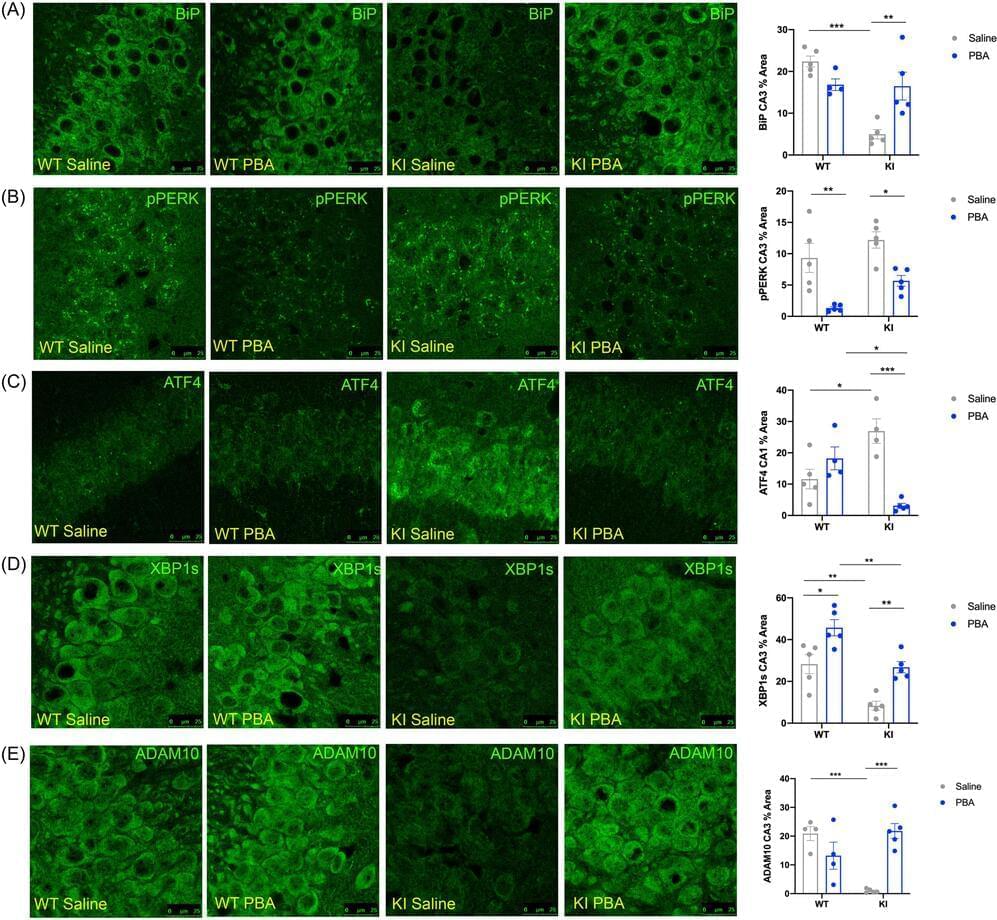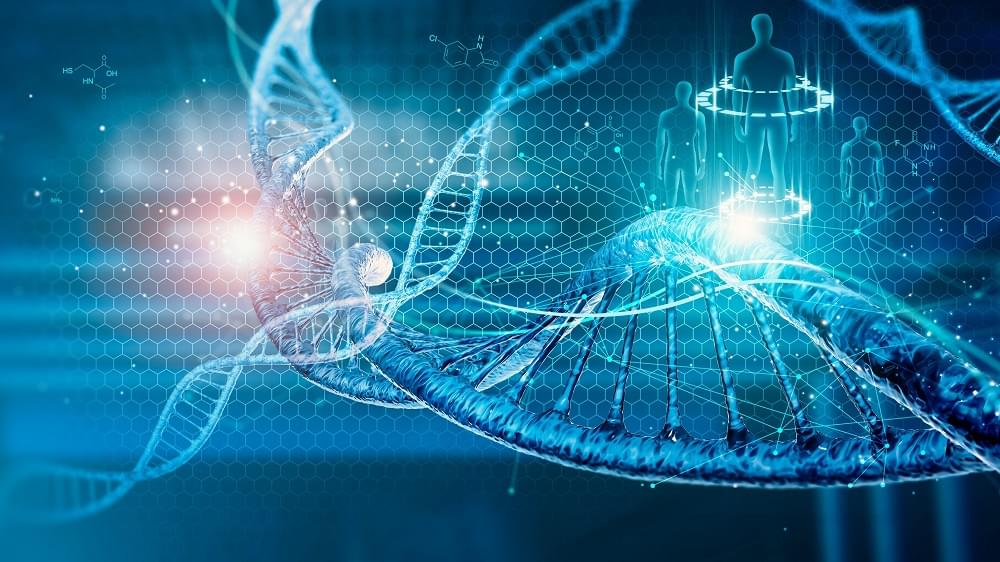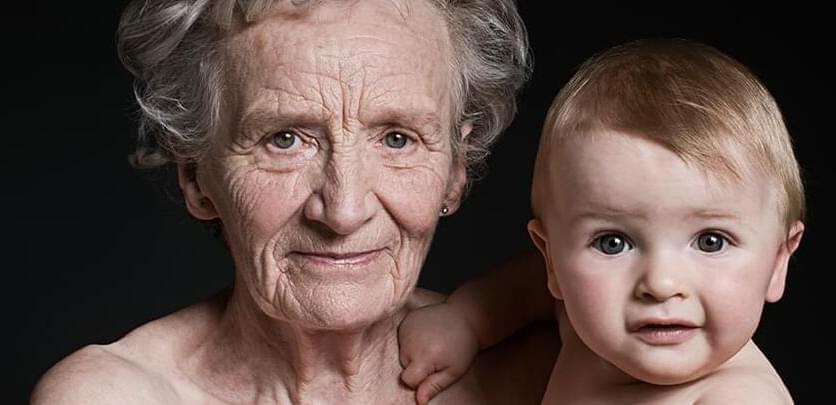7 month treatment, 6 years returned according to a methylation clock, mostly in people who’s biological age was greater than their calendar age.
Dr. Brian Kennedy presents 4 molecules which show promising effects in both healthspan & lifespan in this video. https://pubmed.ncbi.nlm.nih.gov/37289866/http… https://pubmed.ncbi.nlm.nih.gov/37637… https://pubmed.ncbi.nlm.nih.gov/37925… https://pubmed.ncbi.nlm.nih.gov/35584… https://pubmed.ncbi.nlm.nih.gov/35050… https://pubmed.ncbi.nlm.nih.gov/28199… https://pubmed.ncbi.nlm.nih.gov/37904… https://pubmed.ncbi.nlm.nih.gov/37697… https://pubmed.ncbi.nlm.nih.gov/37217… https://pubmed.ncbi.nlm.nih.gov/34952… https://pubmed.ncbi.nlm.nih.gov/34847…
Please note that the links above are affiliate links, so we receive a small commission when you purchase a product through the links. Thank you for your support! =*=*=*=*=*=*=*=*=*=*=*=*=*=*=*=*=*=*=*=*=*=*=*=*=*=*=*=*=*=*=*=*= ~*~ Discount Coupon Code: REVERSE 🌏ProHealth Longevity 15% OFF Calcium AKG Longevity 500mg Caps https://prohealth.pxf.io/CaAKG NMN Pro™ Powder 100 g https://prohealth.pxf.io/NMN100 Longevity Greens™ Powder https://prohealth.pxf.io/LongevityGreens Full Spectrum Apigenin https://prohealth.pxf.io/apigenin Green Tea EGCG Extreme™ https://prohealth.pxf.io/EGCG 🔬Renue By Science 10% OFF Liposomal NMN caps https://bit.ly/45ChBDg Pure NMN Powder 100g https://shorturl.at/fjxU2 Lipo Quercetin 150mg https://bit.ly/3K4mwVg 🧬 DoNotAge 10% OFF Code: REVERSE https://donotage.org/?customer_referr… SIRT6 Activator® https://shorturl.at/owL23 Pure Hyaluronic Acid https://rb.gy/lcezr 🔶 Restore Our Cells Ability To Make NAD Like When We Were Young — Nuchido Time+ Supplement https://www.nuchido.com/REVERSEAGING FIRST ORDER 20% OFF Discount Code when checkout : REVERSEAGING20 🍀 iHerb New Customer 20% OFF Code: New20, existed customer 5% off All Products Link: https://iherb.co/sUBAZcqw =*=*=*=*=*=*=*=*=*=*=*=*=*=*=*=*=*=*=*=*=*=*=*=*=*=*=*=*=*=*=*=*=
DISCLAIMER: Please note that none of the information in this video constitutes health advice or should be substituted in lieu of professional guidance. The video content is purely for informational purposes. #longevity #taurine #supplements #CaAkg #urolithinA #Nicotinamide #ALA #quercetin #EGCG #greentea #vitaminC #zinc #rutin #CD38 #Apigenin #TMG #reverseaging #supplement #slowaging #stayyoung #MethylDonors #Epigenetic #sirtuin #Exercise #NAD #BeingHungry #Rejuvenate #Mitochondria #ALA #Antioxidant #LookYounger #Resveratrol #Quercetin #Fisetin #senolytics #OliveOil #Sirtuin #HIIT #aging #Lifespan #Berberine #ReverseAging #NAD #Sirtuins #Fasting #Longevity #RestoreYouth #Healthspan #Younger #antiaging #longevity




